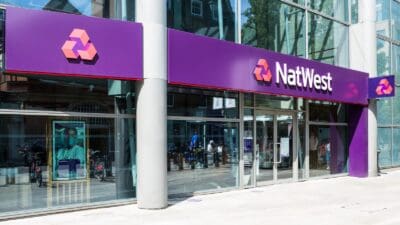Successful investors use a disciplined approach to picking stocks, and checklists can be a great way to make sure you’ve covered all the bases.
In this series I’m subjecting companies to scrutiny under five headings: prospects, performance, management, safety and valuation. How does National Grid (LSE: NG) (NYSE: NGG.US) measure up?
Prospects
National Grid’s earnings derive almost entirely from regulated activities: the transmission of high-voltage electricity and distribution of gas. Two thirds of profits and regulated assets are in the UK, and one third in North Eastern US.
Profits are a function of regulatory negotiations, operational efficiency, and capital spend which expands the regulatory asset base (RAB).
Regulatory agreements covering 80% of the RAB were concluded in 2012/13, with an eight-year inflation-linked settlement in the UK. US regulation is more problematic and profitability tighter.
Over the next five years the RAB is expected to grow 7% p.a. in the UK and 4-5% p.a. in the US, to replace ageing infrastructure and address a changing energy mix. This hard-wires growth.
Performance
Revenues and operating profits fluctuate, but National Grid has delivered a return on equity consistently above 10%.
Dividends increased by an average 9% p.a. between 2005 and 2012.
Management
Management was criticised over a restorative rights issue in 2010 but dividend growth has generally satisfied shareholders. A combined £40m-worth of shares held by the four executive directors puts most FTSE 100 bosses to shame.
Safety
Regulatory risk is diminished by the eight-year settlement that runs to 2021, past the life of the next parliament. While a Labour government has promised to change the regulatory regime, altering National Grid’s current agreement might be unlawful. As the company has no retail customers such as Centrica and SSE do, it is less vulnerable to political interference.
Like similar regulated utilities National Grid is heavily funded by debt, with net gearing over 200%. 70% of debt matures in over five years but the company needs to raise £3bn a year to maintain the maturity profile, so is vulnerable to market conditions.
Interest cover, as calculated by the company, is 3.9 times against a target 3 – 3.5 times.
Operating profits are all turned into cash, but heavy capex means fixed costs of investment, tax and dividends haven’t been fully covered.
Valuation
National Grid’s shares are mainly held for their yield, currently 5.6%. The prospective P/E of 14 is higher than SSE and Centrica after the latter two fell on the Labour Party’s threat to introduce price-fixing.
National Grid’s bond-like characteristics mean its share price is vulnerable when bond yields increase.
Conclusion
A yield of above 5% and policy to increase the payout at least in line with inflation “for the foreseeable future” makes this an attractive stock for income-seekers. The inflation-linked regulatory agreement underpins its reliability.







